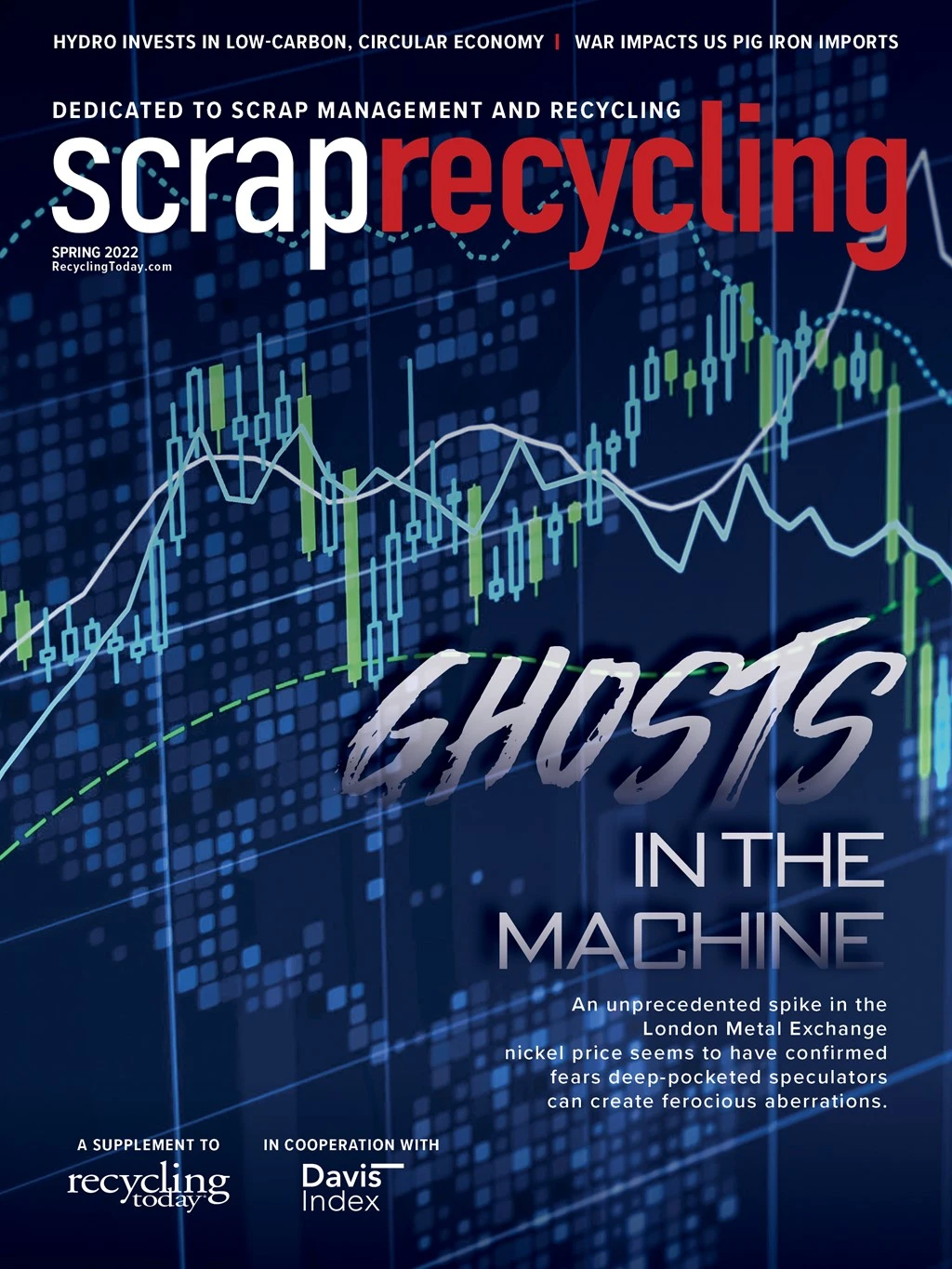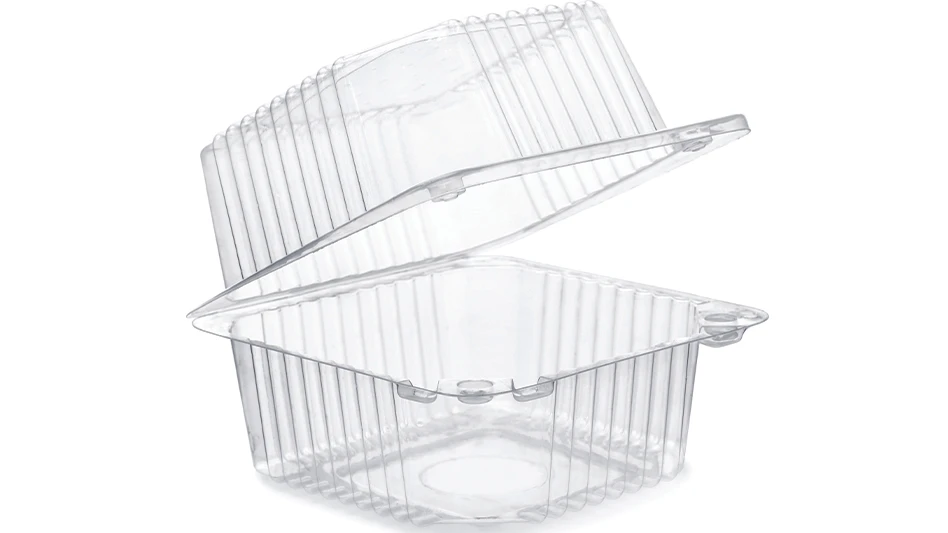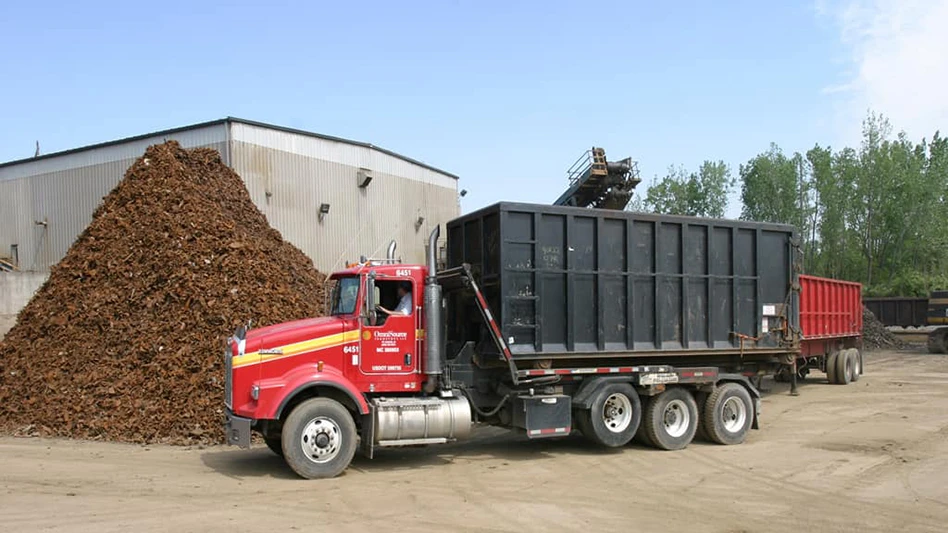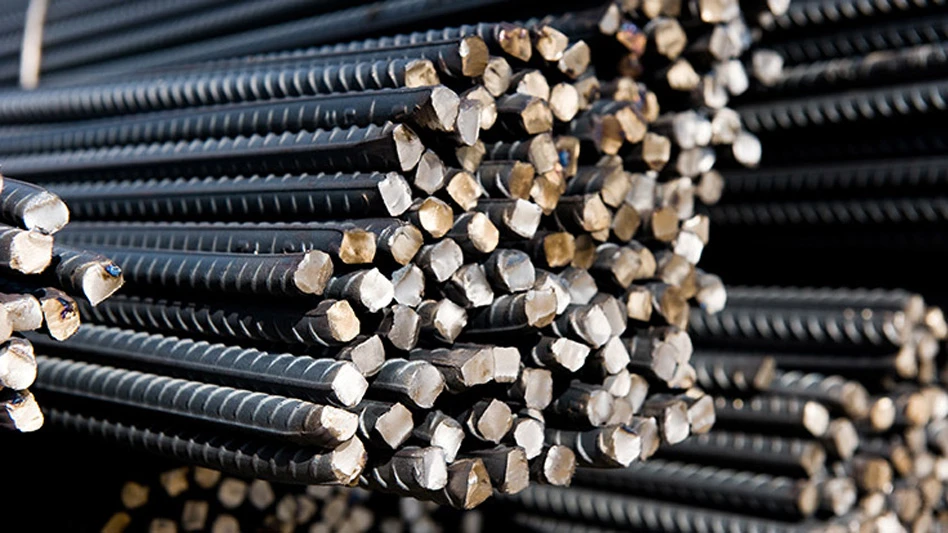
Russia and Ukraine are key steel and metallics suppliers, covering most of the basic pig iron (BPI) tonnage the U.S. has imported for several years. However, Russia’s invasion of Ukraine quickly led to the country’s shutdown of BPI producers, steel plants and ports.
In early March, U.S. mills did not expect the Russia-Ukraine war to seriously affect steelmaking operations. These mills acknowledged, however, that the war has created extensive geopolitical and economic risks, though major steel producers did not report notable operational disruptions or problems with end-market demand.
By mid-March, the ensuing shortage of BPI resulted in a loss of more than 60 percent of this material for the U.S., placing pressure on mills and rendering Brazil the sole BPI supplier.
U.S. flat-rolled steel mills have been able to weather storms over the past century, but several depend on steel slab imports from Russia as well as pig iron from Russia and Ukraine.
Many electric arc furnace- (EAF-) based mills also have expressed concern over BPI availability from CIS suppliers. Other steelmakers say they believe they are safe because of in-house protective measures, operational adaptability or because they use alternatives, such as No. 1 busheling along with other prime scrap grades, hot-briquetted iron (HBI) or direct-reduced iron (DRI).
Why the CIS is important for U.S. mills
Russia’s BPI exports tallied about 3.5 million metric tons, and Ukraine’s stood at roughly 3.2 million metric tons in 2021, according to the Observatory of Economic Complexity. U.S. BPI imports accounted for 6 million metric tons, with 2 million metric tons originating in Russia, and 1.7 million metric tons having been shipped from Ukraine in 2021.
The U.S. imported 1.47 million metric tons of steel from Russia last year, making it the sixth-largest overseas steel provider to the domestic market. Semifinished products, including slabs, made up 1.29 million metric tons. The U.S. imported 130,636 metric tons of steel from Ukraine in 2021, with pipe and tube accounting for 113,101 metric tons.
In 2019, Russia—the largest global supplier—exported $1.6 billion worth of pig iron, with the U.S. being the main destination at $604 million. In June 2021, pig iron exports from Russia totaled 432,000 metric tons, with the U.S. again being the main outlet, with levels tripling to 266,000 metric tons.
BF vs. EAF
The value of pig iron to a steel mill is based on its method of steelmaking. Blast furnace-basic oxygen furnace- (BF-BOF-) based, or integrated, steelmakers assert themselves as self-sufficient and often are pressed to generate BPI, typically during an operational snafu. The pig iron is then sold through brokers and likely to electric arc furnace (EAF) steelmakers, such as Nucor. Or it might be kept for internal consumption.
Pig iron availability is crucial for EAF-based steelmakers as they are reliant on 100 percent scrap, namely prime, clean iron components to make hot-rolled coil. Pig iron made up about 10 percent of a typical EAF’s ferrous intake in 2021, with most of the material imported from Russia and Ukraine.
Impacts
Demand and prices for Brazilian BPI soared after the Russian invasion, despite its lower quality specifications. The CIS supplies higher grade, low- phosphorus material, or “normal grade,” while southern Brazil provides high-phosphorus material that contains 0.15 percent of the chemical. The lower grade BPI can be used by EAFs, while integrated mills, holding stricter requirements in their auto sheet production specifications, restrict its use.
The recent spike
Peak 2021 BPI price levels quickly were achieved and surpassed by early March of this year, just after the war in Ukraine began, and have been gaining substantially by the day. The weekly Davis Index for BPI imports stood at $1,064 per metric ton cost and freight (cfr) New Orleans (Nola) March 25, with offers from Brazil soaring to $1,100 per metric ton cfr Nola and those from India reemerging and rising. Roughly $470 per metric ton in growth followed the war’s onset as BPI was $596 per metric ton cfr Nola Feb 18.
Early March BPI sales reached $700 per metric ton cfr Nola before offers rose to $720 to $750 per metric ton cfr Nola, while domestic ferrous scrap soared at least $100 per gross ton in February. BPI sales from Brazil jumped by $84 per metric ton when CIS area plants and ports first shut down, hitting $622 per metric ton cfr Feb. 25 compared with $538 per metric ton cfr Nola Jan 28. Deals at $640 per metric ton cfr followed, with offers rising to $670 per metric ton cfr by February’s end, when sentiment forecast increases to at least $700 per metric ton.

Outlook
Uncertainty remains, but mills have boosted prime scrap use, such as No. 1 busheling, hence the $175 to $200 per gross ton or more price hike in March over February and the impending repeat for April. For now, steel mills have various levels of BPI supply on the ground or in the pipeline, with a portion of their needs met until April or beyond.

Explore the Spring 2022 Scrap Recycling Issue
Check out more from this issue and find your next story to read.
Latest from Recycling Today
- Toppoint Holdings expands chassis fleet
- Lego creates miniature tire recycling market
- Lux Research webinar examines chemical recycling timetables
- Plastics producer tracks pulse of wire recycling market
- Republic Services, Blue Polymers open Indianapolis recycling complex
- Altilium produces EV battery cells using recycled materials
- Brightmark enters subsidiaries of Indiana recycling facility into Chapter 11
- Freepoint Eco-Systems receives $50M loan for plastics recycling facility





